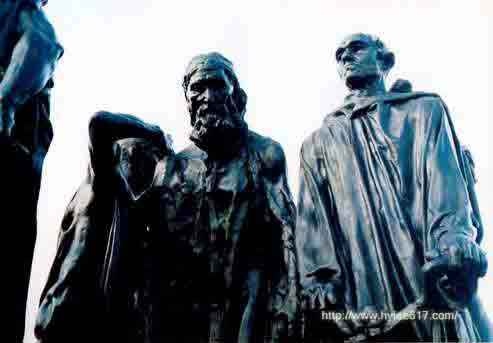
1) ZORKI 3
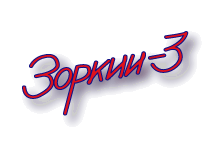
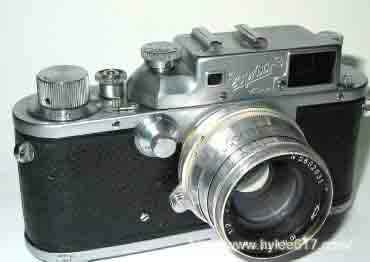
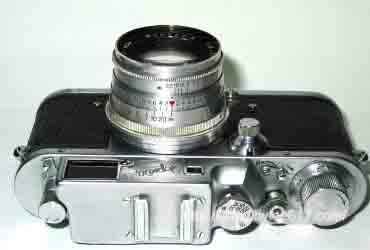
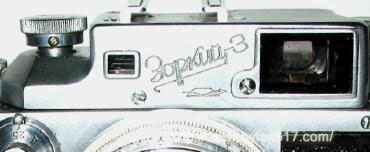
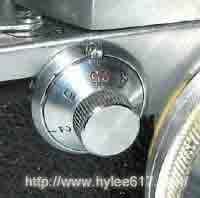
Pre-series slow shutter slow speed dial has little lock
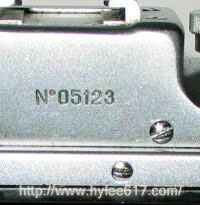
- The Zorki 3 cameras are among the hardest Russian Leica copies to find. That's because between 1951 and 1956 only 87,569 models 3 and 3M were produced. All my Zorki 3s were manufactured in 1955. Many collectors believe the 3 and 3M are the best looking of all the Russian rangefinders. They were the first to combine the rangefinder and viewfinder in one eyepiece. All three models have diopter adjustment for eyeglass wearers. They have a top shutter speed of 1/1000 sec. They have cast bodies and the entire back comes off to simplify loading. The 3 and 3M remind me of the early Japanese Canon rangefinder cameras from the same era. The 3 and 3M have a shutter that sounds different than later Zorkis--smoother and quieter.
- The Zorki 3 is easy to identify because it has the slow speed dial on the front. The design created some problems in the slow speed linkage that were never completly solved. Still, it is one of the most sought collector models. The 50mm f2 Jupiter 8 lens (a copy of the Zeiss Sonnar) is standard on a Model 3s. It is an excellent lens. The Zoeki 3 was introduced in 1951 but production didn't hit stride until 1954.
2) Zorki 3M
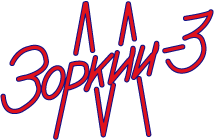
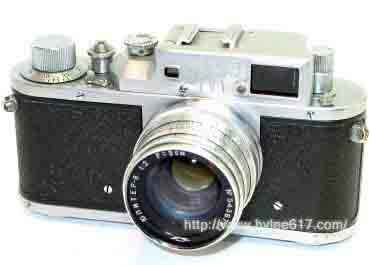
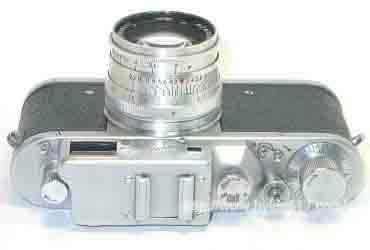
ZORKI 3m Jupiter 8 50mm F

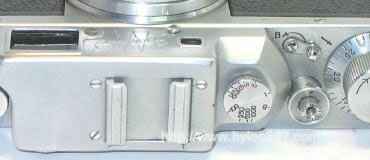
- If the 3M had flash synch it would be perfect camera. The only real difference between the 3 and 3M is all the shutter speeds have been moved to the top dial. The shutter release button on the 3M also protrudes higher above its collar than it does on the Zorki 3.
3) ZORKI 3C
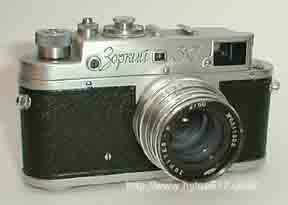
- The good news is the Zorki 3C has flash synch. The bad news is that to add that feature the designers lengthened the viewfinder housing, as they did with the earlier "C" and "2C" models and the sexing looking Zorki 3 turned ugly. The 3C actually signals the beginning of a new model line. The only difference between it and the Zorki 4A is the 4A has a self timer. That may be why although only 45,572 3Cs were made during 1955 and 1956, they don't command the prices of the 3 and 3M.
4) Zorki 4

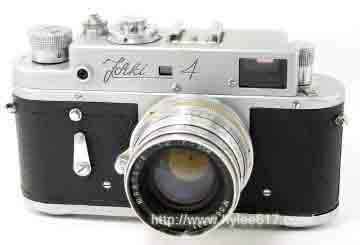

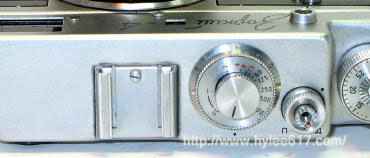
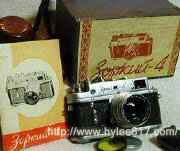
Original Box & Instructions
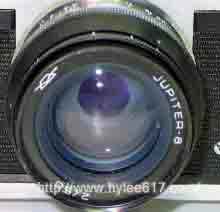
Jupiter 8 50mm F2
- In 1955 all cameras made by KMZ were fitted with a flash synch mechanism. The Zorki-3M with an all new to plate became the Zorki-3S. Then a self-timer was added to this camera in 1956 and it became a Zorki-4.
|
Technical Information
|
|
A Sample phot by Zorki-4 Jupiter-8 F8 1/60
|
5) Zorki 4 K
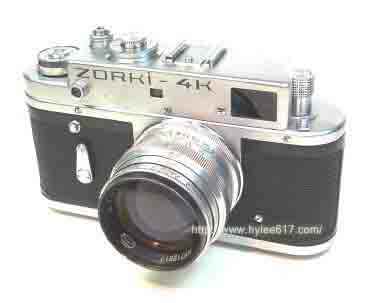
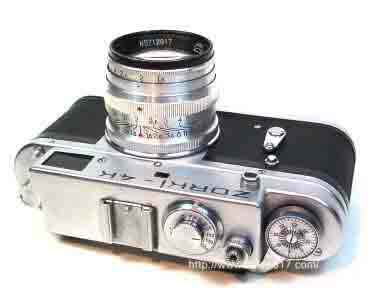
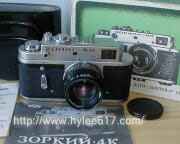
- The high point of Soviet rangefinder camera design. It proved without doubt that the Soviet camera industry could rise to the challenge. Great care must always be used when setting slow shutter speeds or damage will occur. The self timer is also fragile and if you leave the camera set on a slow shutter speed damage will occur. If you do break it a replacement will cost you next to nothing. The results photographs are as good as any Leica. The 4K included a film transport lever.
|
Technical Information
|
